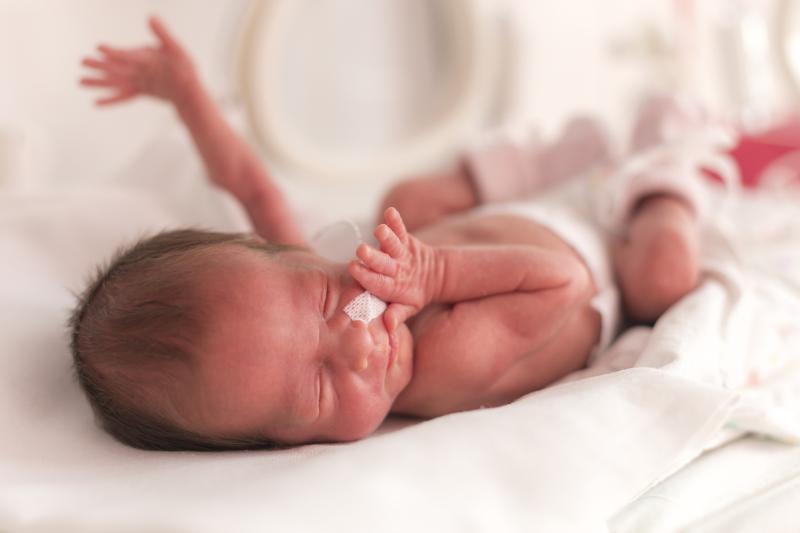
Infants with obstructive sleep apnoea syndrome (OSAS) may fare well with positive airway pressure (PAP), including those with underlying craniofacial conditions or genetic syndromes, according to a study.
Researchers looked at 41 infants (<6 months) and 109 school-age children (5–10 years old) initiated on PAP for OSAS. Median age at treatment initiation was 2 months among infants and 7.6 years among older children, and boys comprised about two-thirds of the overall cohort.
Significantly more infants than school-age children had underlying craniofacial abnormality (48.8 percent vs 9.2 percent; p<0.0001), whereas genetic syndromes were common in both groups (46.3 percent vs 29.4 percent, respectively). Most school-age children underwent adenotonsillectomy prior to PAP initiation, while <25 percent of infants had surgery before starting PAP, most commonly mandibular distraction osteogenesis.
Median obstructive apnoea-hypopnoea index (OAHI) was significantly higher in the infant vs school-age group (25.7 vs 12.1 per hour; p<0.0001). After PAP titration, OAHI was reduced by 92.1 percent in infants and by 93.4 percent in school-age children (p=0.67).
Adherence was better in infants, with PAP used on 94.7 percent of nights as opposed to only 83 percent in school-age children (p=0.003). There were no differences in barriers to adherence between infants and school-age children, with behavioural barriers being most common in both groups.
The findings indicate that PAP should be considered along with other treatment options as it is in older children, the researchers said. Also, additional infant-specific PAP interfaces and size-appropriate headgear are needed to accommodate the smallest infants and those with craniofacial differences like midface hypoplasia.